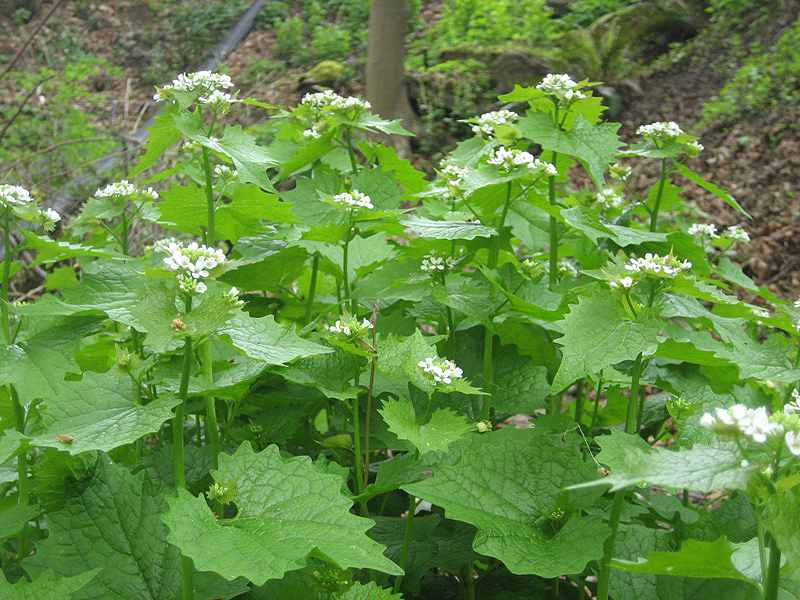
Not only do invasive plants cost towns, state agencies, land trusts, farmers, homeowners, and others large sums of money and thousands of hours of labor for removal and restoration, invasive plants cause serious harm to woodlands, farms, wetlands, and other natural areas. They also contribute to a decline in habitat that leads to a decline of the wildlife populations needed for a healthy environment.
It’s no secret that invasive plants are disrupting local ecosystems as they outcompete and decimate our native flora. The problem is so widespread and much more than what a few dedicated volunteers can accomplish.
Some of our worst invasive plants, while on the Connecticut Invasive Plant List, are not prohibited from sale. While volunteers work to remove plants like Burning Bush and Barberry from our woodlands, trails and parks, these and other invasives are still being sold in nurseries across Connecticut.
An effort is currently under way to encourage reasonable actions to help control them on a state-wide basis. Watch the BLT website for more information!



